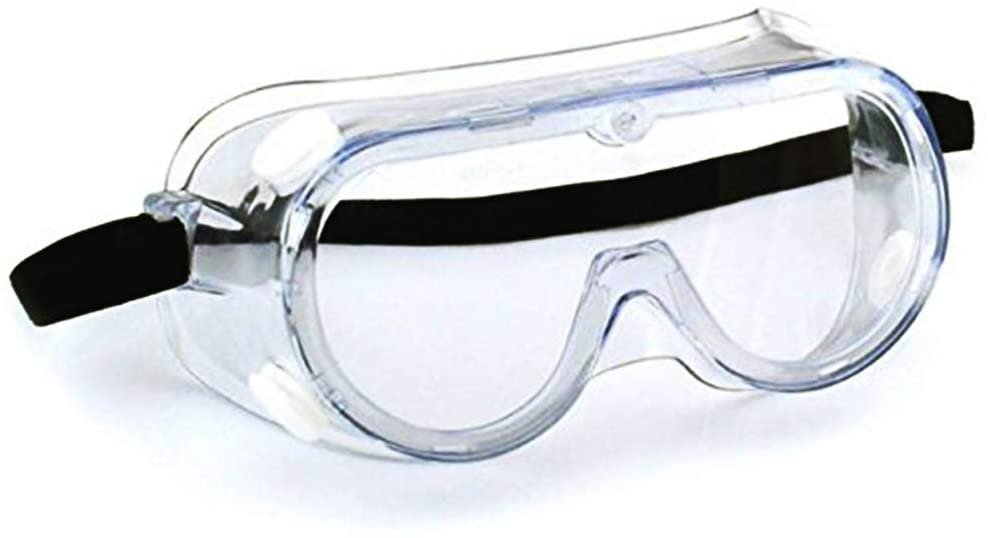
STONE PREPARATION
-
Add ¾” to 1” to edge when cutting the pieces to size, insuring that you have enough material to “nip” off.
-
Depending on how hard the material is: You may have to score the stone at the desired breaking point. Example, materials such as Verde Fire and Black Absolute will have to be scored top and bottom. Materials such as sandstone, marble or limestone will probably not have to be. Always do a test piece first until you are familiar with how each stone will chisel.
-
Inside corners: Using a grinder with a diamond blade held vertically, cut at a 45 degree angle into the corner to the desired break point.

ADJUSTING BLADES
-
Slightly loosen the four main bolts that attach the blades to the tool and the two small adjuster bolts. This allows the blade to be repositioned for different stone thickness.
-
With the handles of the tool at their fully closed position, slide the adjuster bolt right or left to move the blades. ALWAYS set the blades so that they are parallel, and ALWAYS adjust blades on both sides of the tool equal amounts, so that one blade does not over or under-bite the other. Make sure is seated tightly, then tighten the adjuster bolt then the blade bolts.

WHY SAFETY GOGGLES AND GLOVES ARE NECESSARY
The new Rockbiter 3000 adds a whole new bite to the Rockbiter tool series. With biting capabilities from 3cm to 6cm it takes care of a great deal of thicknesses and variations in stone.

TIPS AND TROUBLESHOOTING
Begin by setting the blade opening to a measurement that is 1/8″ SMALLER than the total thickness of the stone that you are working.
Operation of the tool is easier and more efficient for the operator when the blade opening is set properly. For example, a tool whose jaws are set to a measurement too close to the stone thickness, will not develop the energy to bite off the face of the stone.
The opposite is also true, if a tools jaw opening is set significantly smaller than the stone thickness, the operator will likely not have the strength to close the tool, or damage to the work-piece may occur due to over exertion on the part of the operator as he attempts to close an improperly adjusted tool.
